Financial services marketing accounts for 14% of all advertising expenditures. This includes visibility for banks and other financial institutions that deal with investments, insurance, and financial consultancy. With the industry’s growing demand for visibility, there has also been a boom in financial services marketing jobs.
Amidst this, there is a need to know which marketing strategies will work best in promoting financial services offered by a brand. This includes defining targeting audience, content marketing. With pay-per-click advertising, video marketing, social media marketing, data analytics, and community outreach.
Lastly, to know why marketing of financial services is significant and the details of each strategic plan mentioned above, continue to read this blog post further.
Importance of Marketing in Financial Services
Every industry in today’s world can only function with marketing. Due to the overload of information and products, consumers must constantly be reminded of how your brand is better at addressing their needs than your competitors. The role of the marketing department have also become vital in shaping brand perception and driving growth in the highly competitive environment.
Likewise, marketing is very much needed in the financial services industry, given the many purposes it serves. The roles fulfilled by financial services these agencies include:
- Building Trust and Credibility
Financial decisions are deeply personal and often involve a high level of trust. Therefore, effective marketing can help financial institutions establish trust and credibility.
Through consistent messaging, branding, and transparent communication.
- Customer Acquisition and Retention
Marketing helps financial services companies gain new customers and avoid losing existing ones. Financial institutions can tailor their marketing efforts to attract.
Also, keep customers effective by identifying their target market’s needs and preferences.
- Educating Consumers
Many financial products and services can be complex and challenging for consumers to understand. Marketing efforts can educate consumers about various products and services.
Also, this aids them in making sound financial decisions. Lastly, you can read this to understand what is customer education.
- Differentiation and Competitive Advantage
The financial services industry is highly competitive. Several service providers offer similar products. Effective marketing can help companies differentiate themselves from competitors. They can highlight their unique value propositions.
Also by features and benefits.
- Compliance and Regulation
The financial services industry is closely monitored to ensure adherence to pre-defined standards.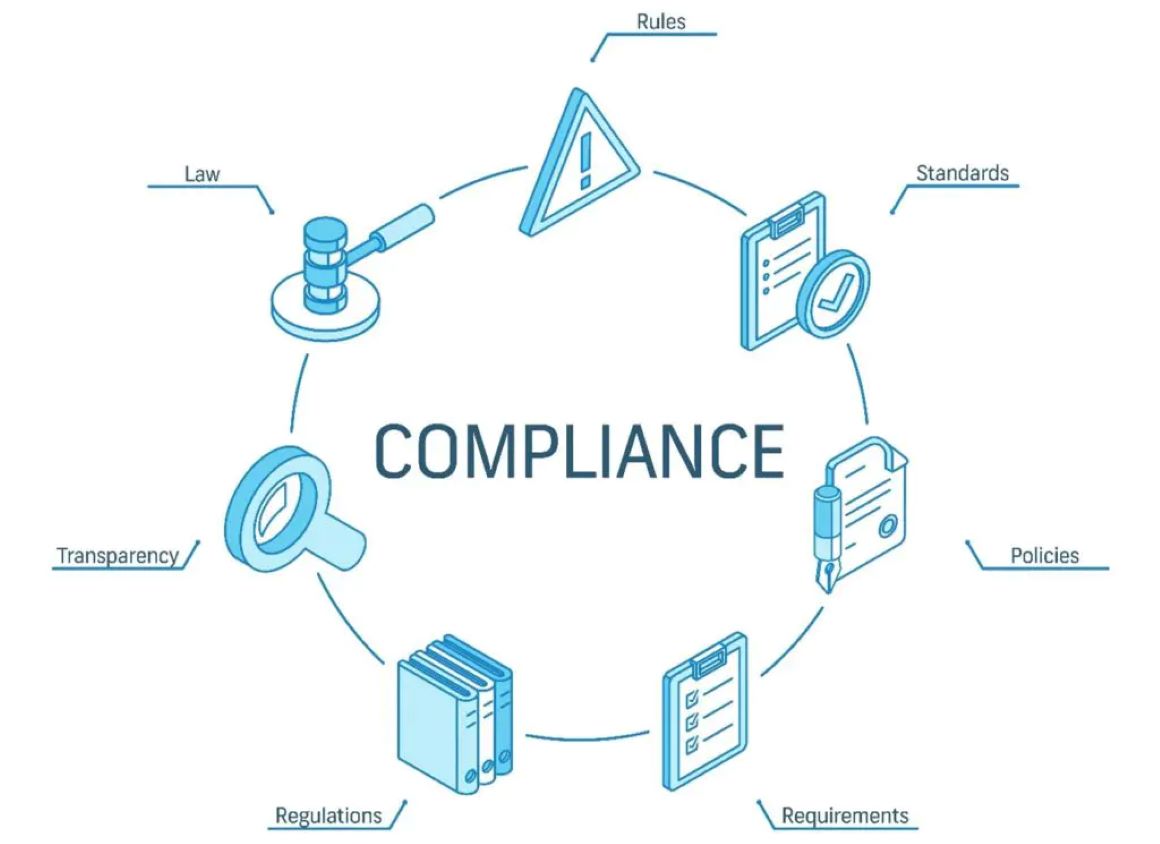
Marketing teams must ensure that their campaigns comply with relevant regulations related to consumer protection, privacy, and data security.
See Also: Top 10 Benefits of Digital Marketing & Why Should You Invest In It?
Financial Services Marketing: Top 10 Strategies to Follow
To understand how financial services marketing works and how to obtain the optimum results, let us turn to the top 10 strategies you must follow when developing a marketing communication plan.
Define your Target Audience
The foremost strategy is knowing your target audience. Identify your target market segments based on several factors such as age, gender, location, income, family size, etc.
Understanding your audience’s demands and pain points is essential for developing effective marketing campaigns.
Personalization
Tailor your communication to individual customers or groups based on their preferences and financial goals.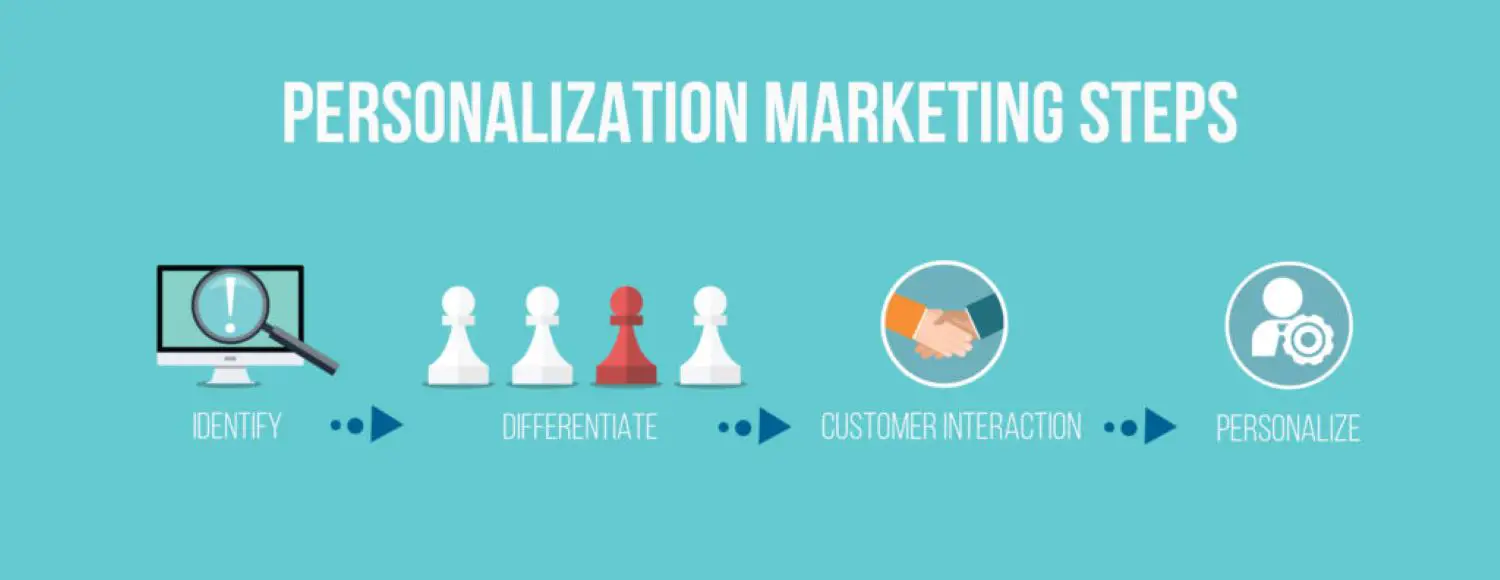
Personalization can enhance customer engagement, loyalty, and satisfaction.
Content Marketing
Produce acceptable content that adds utility value to your consumers. This can include blog posts, articles, whitepapers, and infographics.
Share valuable insights, tips, and advice to establish credibility and attract prospects.
Search Engine Optimization (SEO)
Enhance your website and content to rank higher in the search results. Conduct keyword research and optimize meta tags and descriptions. 
Also, regularly update your content to ensure it is relevant and valuable to your audience.
Email Marketing
Email campaigns are an excellent way to engage with current customers and nurture newer ones.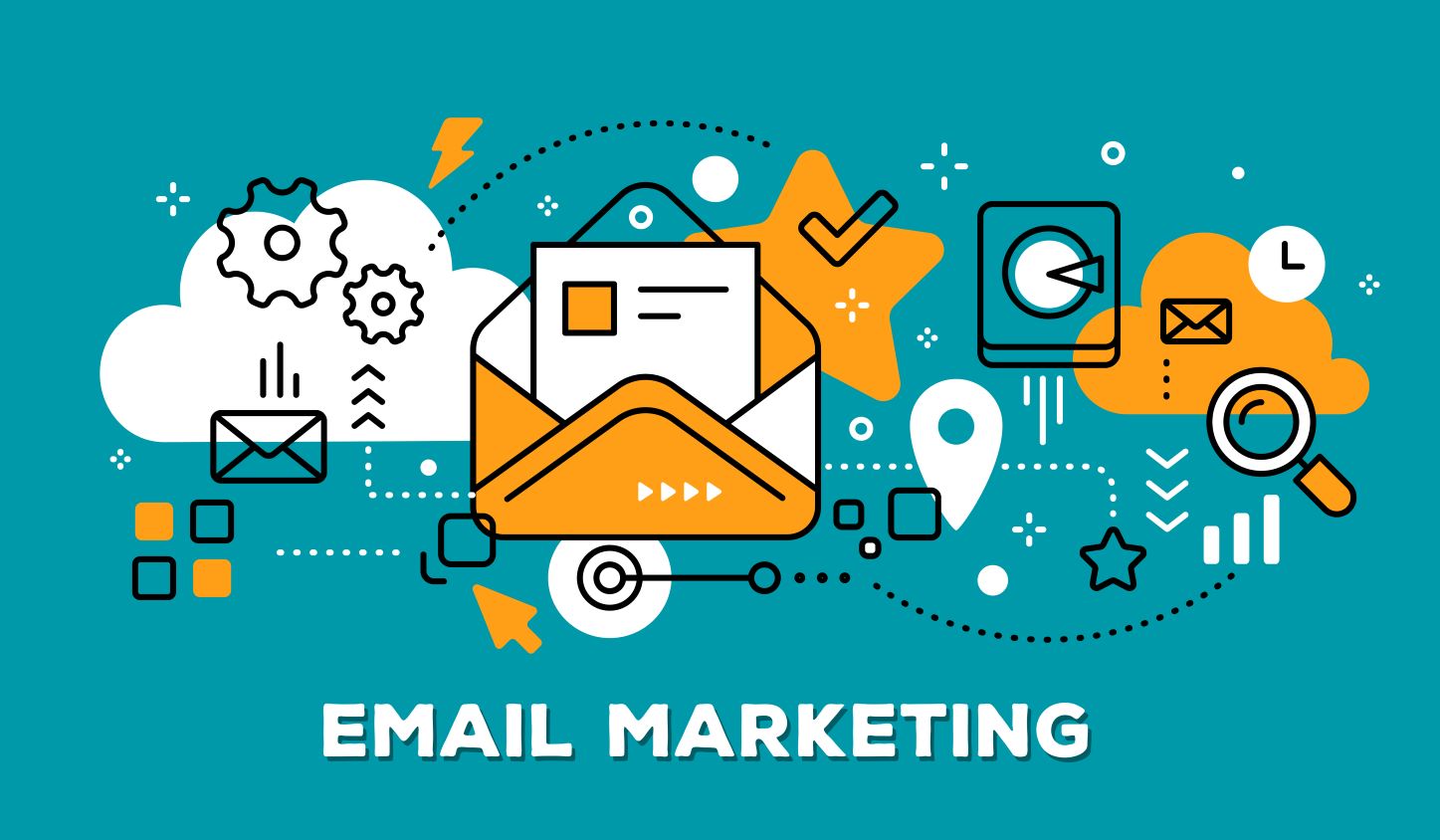
When promoting your services, personalize the email based on the consumer data collected and studied beforehand.
Social Media Marketing
Leverage the broad reach of LinkedIn, Instagram, Facebook, and X {formerly, Twitter} to associate with your target audience and converse with them. Use targeted advertising, sponsored posts, and influencer partnerships to reach specific audience segments.
Also, this will give you a huge promotion for your business.
Video Marketing
Create engaging video content to provide your audience with both education and entertainment. Videos can be used to explain complex financial concepts and showcase testimonials.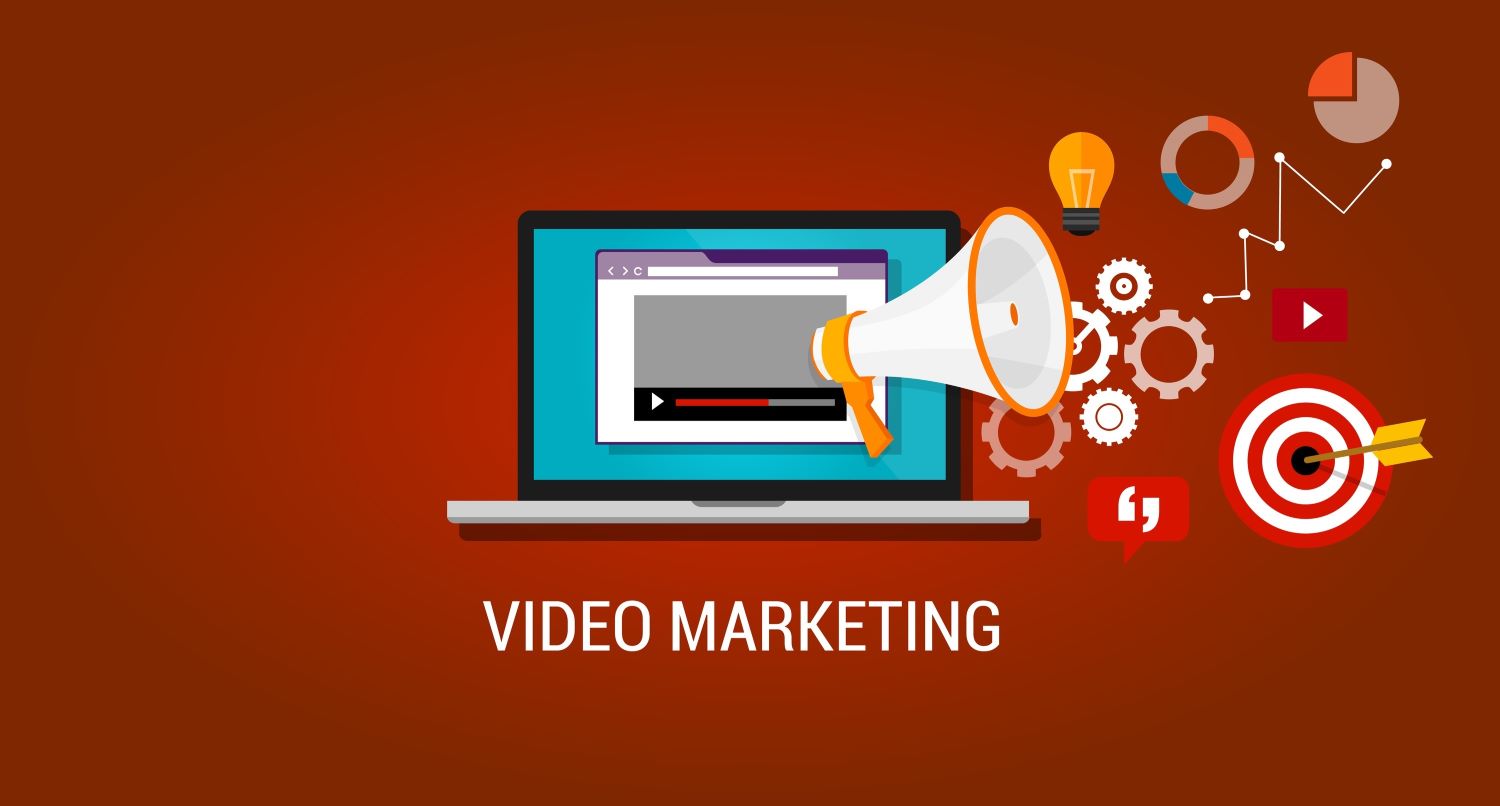
Also, provide tutorials on using your products and services.
Pay-Per-Click Advertising
Launch targeted PPC campaigns on search engines and other platforms. This will help your website gain traffic.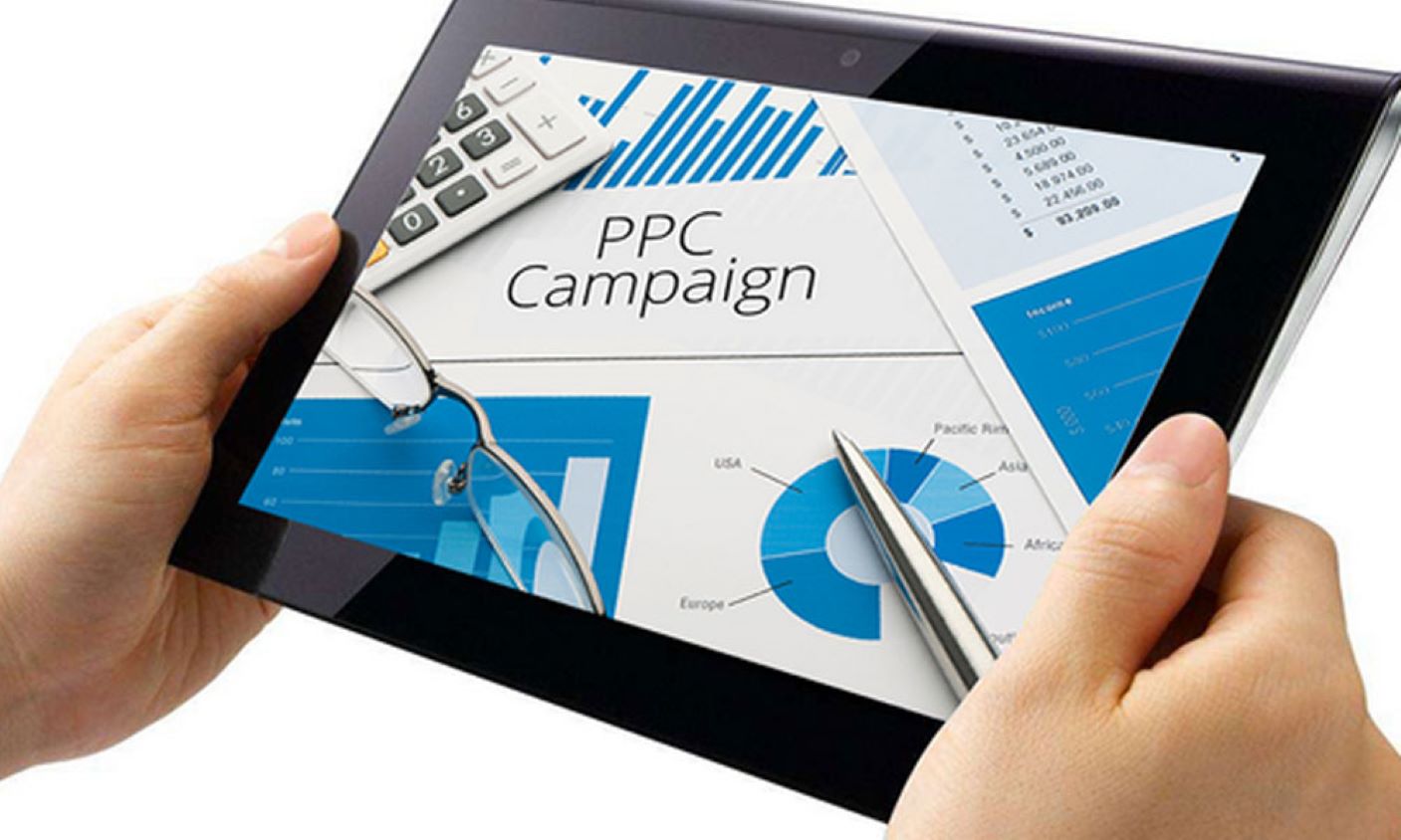
Use keywords and ad targeting options to supplement the efficacy of your PPC campaigns.
Data Analytics
A form of financial services marketing automation, data analytics tools can track and measure the performance of your marketing campaigns.
Analyze critical metrics like website traffic, conversion, and platform analytics to optimize strategies and make data-fueled decisions.
Community Outreach
Engage with local communities and industry associations to build relationships, establish thought leadership, and enhance your brand reputation. Sponsorship, speaking engagements, and participation in community events can increase visibility and credibility in your target market.
Additionally, for those interested in exploring binary trading options and adhering to Islamic principles, you can findsuch options that are halal here.
Benefits of Financial Services Marketing
Below are the benefits:
Attracting New Customers
Effective strategies help financial service providers reach prospects who need to know their offerings.
Through targeted advertising, content marketing, and promotional campaigns, financial institutions can showcase their products and services to a broader audience, attracting new customers.
Retaining Existing Customers
You don’t just want to gain new customers; you also like to ensure your current customers stay with you for your competitors. Financial service providers can foster long-term relationships.
Also, encourage customer loyalty by staying engaged with current customers through personalized communication, special offers, and loyalty programs.
Increasing Brand Awareness
Financial services marketing can also help grow brand visibility in the public eye.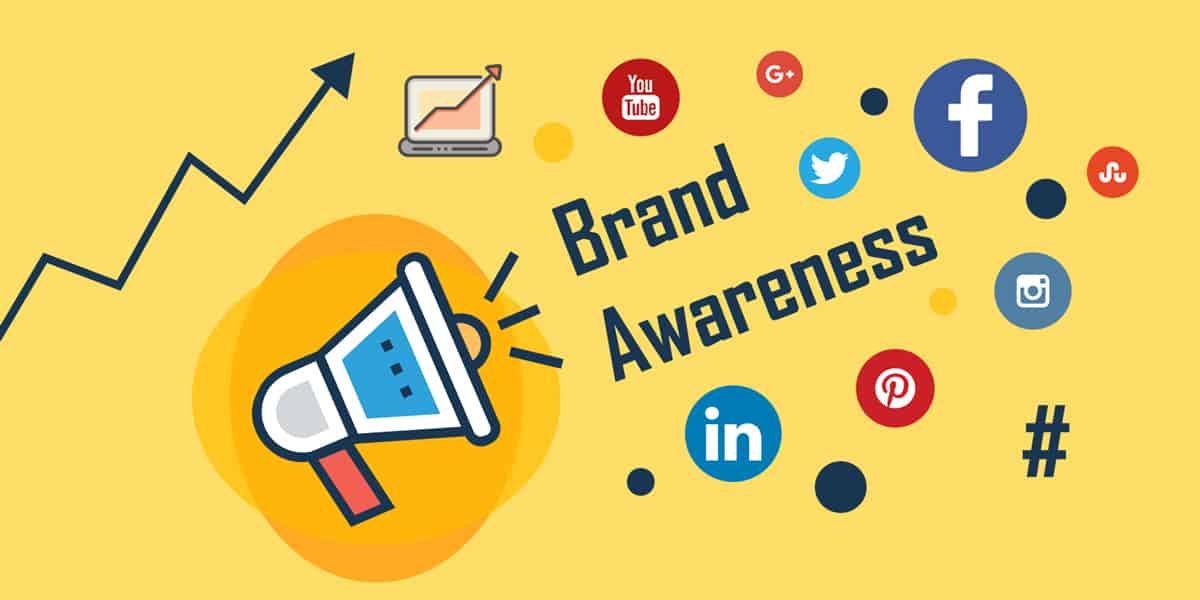
Consistent branding helps enhance brand recall and establish a firm name in the market.
Differentiating Your Products and Services
Financial institutions must differentiate their offerings from their competitors in a competitive market.
Also, highlight your USP and how that adds meaning to the consumer’s life, unlike your competitor.
Building Trust and Credibility
Trust is paramount in the financial services industry. Also, financial service providers can build trust and credibility with their target audience.
Through transparent communication, educational content, and testimonials from satisfied customers.
FAQs
What do you mean by financial services?
A: Financial services encompass banking, investments, insurance, mutual funds, and tax or audit consulting.
What is an example of marketing financial services?
A: Examples of marketing financial services include MasterCard’s creative videos, JP Morgan’s infographics, and Barclay’s direct emails.
What are the 7Ps of marketing in financial services?
A: In financial services, the 7Ps include Product, Price, Place, Promotion, People, Process, and lastly, Physical Evidence.
What is the first step of marketing of financial services?
A: In financial services marketing, the first step is to define the target audience to whom you wish to market your financial services.
Conclusion
In conclusion, financial services marketing strategies include defining your target audience, relying on data analytics, and personalizing the marketing communication. By using direct marketing and social media channels, you not only retain customers but are also likely to acquire new ones. Also, should you wish to reap the benefits, you must consider enlisting aid from a financial services marketing agency.
Marketers leverage strategies to attract selective attention, such as eye-catching visuals, compelling storytelling, and engaging multimedia content
See Also: Entertainment Marketing: Best Marketing Strategies & Examples

